ANIMALS
Bellagio Fountains Paused After Rare Yellow-Billed Loon Gets Lost And Settles In
Published
4 months agoon
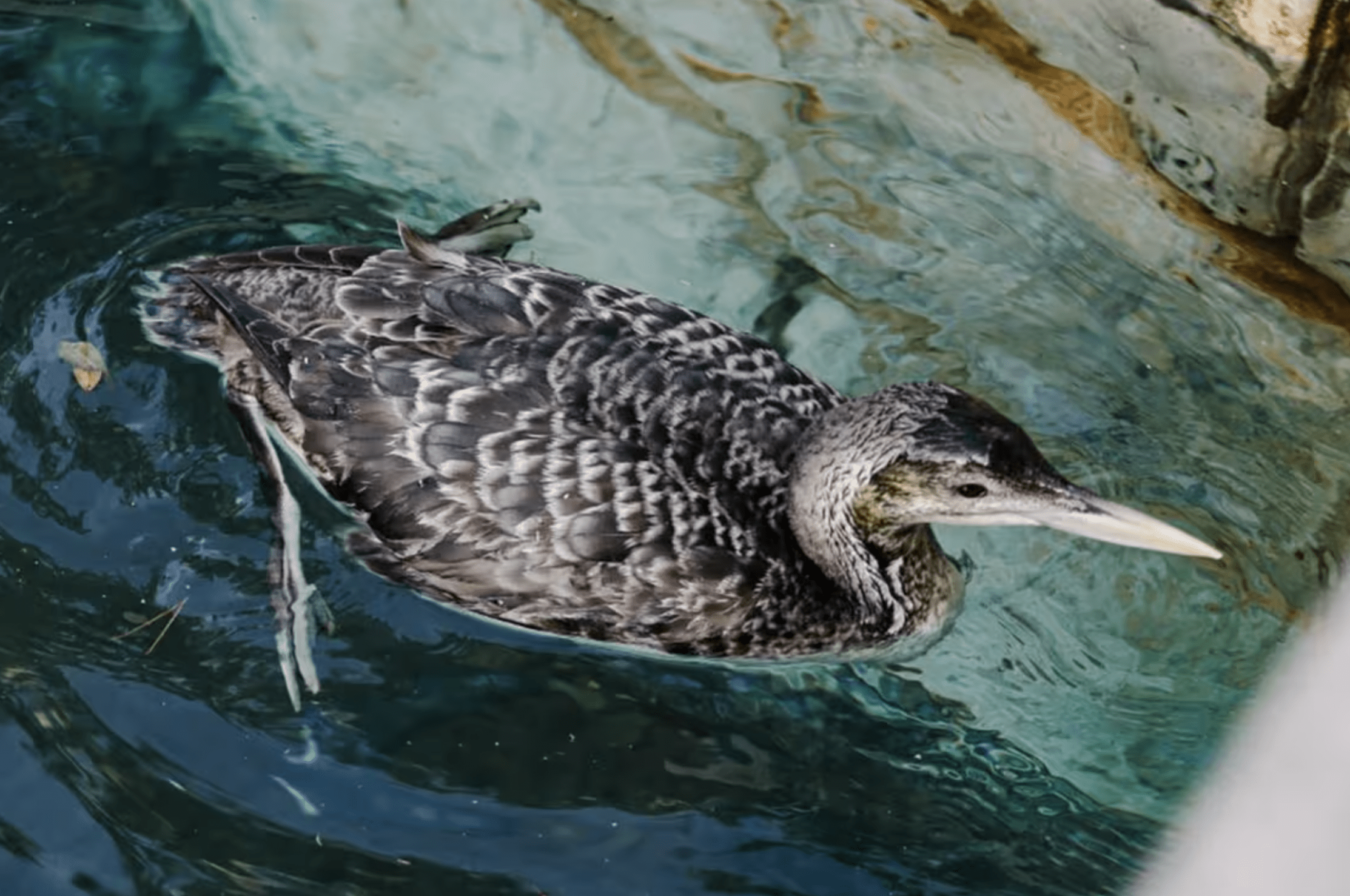
More From Local News X
-
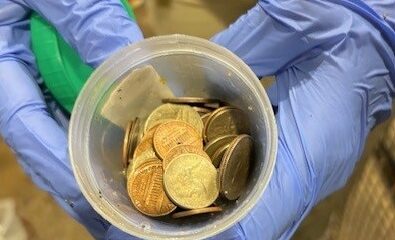

Leucistic Alligator Thibodaux Has Roughly 70 Coins Removed From Stomach…
-


California Man Falls Over Cliff Trying To Rescue Bird, And…
-


More: Roughly 9 Feet Long Crocodile Prompts Closure Of Pompano…
-
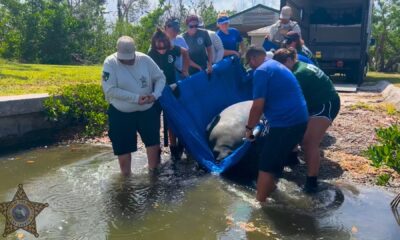

Manatees Padilla, and Corozone Rescued and Released After Being Ill…
-
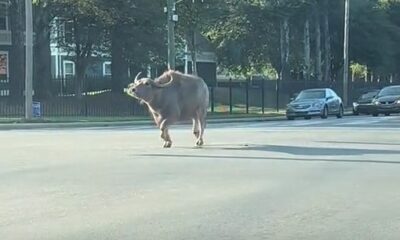

Charlotte, NC: Illegally Owned Chinese Water Buffalo Runs Through City…
-
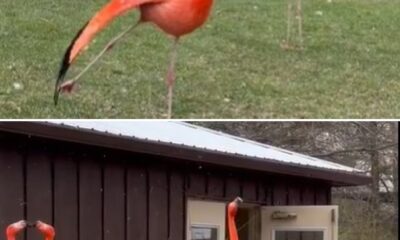

Flamingos Looking Up at Snow and Stretching – Noises Heard…
-
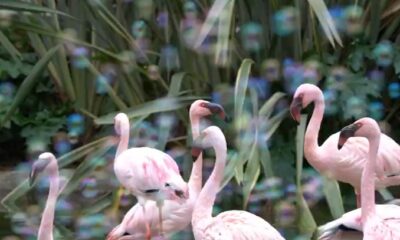

Flamingos and Bubbles, You may notice the flock is bigger!…
-
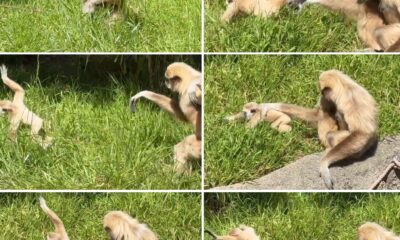

Young White-Handed Gibbon Attempting to Break Free, Repeatedly, from Mom…on…
-
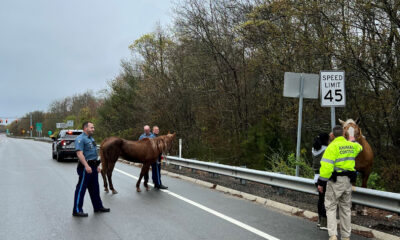

Two Horses Escape from Stables, Walk Down Route 88 to…
-
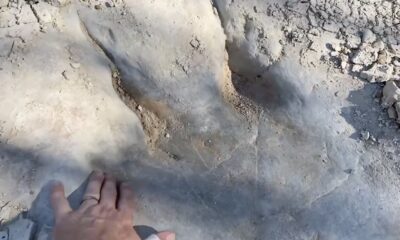

Typically hidden dinosaur tracks appear due to drought much to…
-
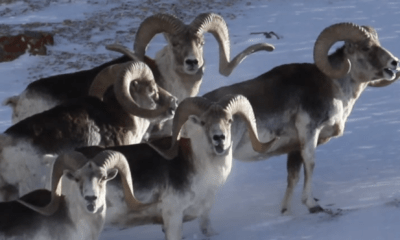

Montana Man Pleads Guilty In Scheme To Create Massive Hybrid…
-


Great Dane Puppy Rescued After Falling Down Old Well In…
